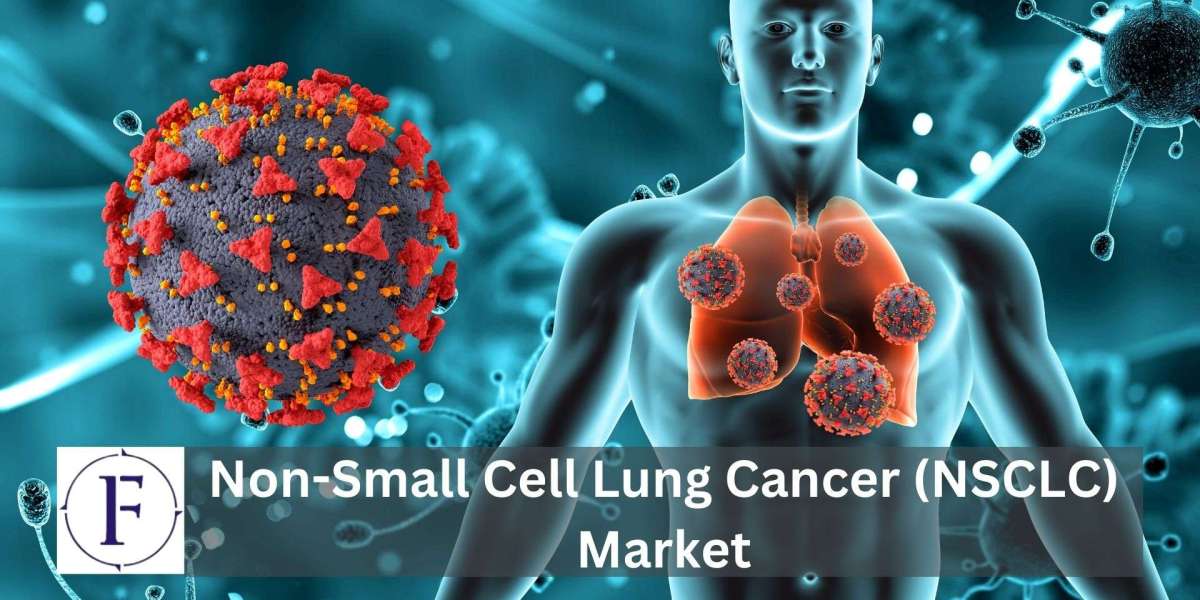The Non-Small Cell Lung Cancer (NSCLC) market has witnessed significant developments and transformations in recent years, reflecting the growing importance of targeted therapies and immunotherapies in the treatment landscape. NSCLC is the most common form of lung cancer, and its market dynamics are shaped by advances in precision medicine, early detection methods, and the introduction of novel therapies. Key factors driving the NSCLC market include a deeper understanding of the disease's molecular underpinnings, the rise of immunotherapy, and ongoing efforts to enhance patient outcomes.
Advancements in understanding the genetic and molecular factors underpinning NSCLC have revolutionized treatment approaches. The identification of specific mutations, such as EGFR, ALK, ROS1, and BRAF, has paved the way for targeted therapies. Tyrosine kinase inhibitors (TKIs) like osimertinib, alectinib, crizotinib, and others have emerged as game-changers, providing more effective and less toxic alternatives to traditional chemotherapy. As a result, personalized medicine in NSCLC has gained prominence, with treatments tailored to individual patient profiles.
Immunotherapy has also made substantial inroads into the NSCLC market, with immune checkpoint inhibitors like pembrolizumab and nivolumab demonstrating remarkable efficacy. These drugs, which block the PD-1/PD-L1 pathway, have extended survival rates for a significant subset of patients. Combinations of immunotherapies and targeted agents are being explored to maximize therapeutic benefits and improve response rates.
Early detection and screening initiatives are another driving force in the NSCLC market. Low-dose CT scans and the identification of high-risk populations have enabled the detection of lung cancer at earlier, potentially curable stages. This has created a shift towards more favorable prognoses and broader treatment options for patients.
Despite these positive developments, challenges persist in the NSCLC market. Resistance to targeted therapies remains a concern, necessitating the development of next-generation agents to overcome this obstacle. Additionally, the high cost of immunotherapies and targeted treatments has raised questions about access and affordability, highlighting the need for pricing and reimbursement strategies that balance innovation with patient accessibility.
The NSCLC market is highly competitive, with numerous pharmaceutical companies vying for market share. Companies like AstraZeneca, Roche, Bristol-Myers Squibb, and Merck dominate the landscape with their targeted therapies and immunotherapies. Ongoing clinical trials, research collaborations, and strategic partnerships are driving the development of new treatments and combination therapies, further intensifying competition.
The advent of liquid biopsies and companion diagnostics is streamlining the diagnosis and treatment selection process, helping physicians identify the most appropriate therapies for their patients. These tools facilitate the monitoring of disease progression, allowing for timely adjustments in treatment strategies.








